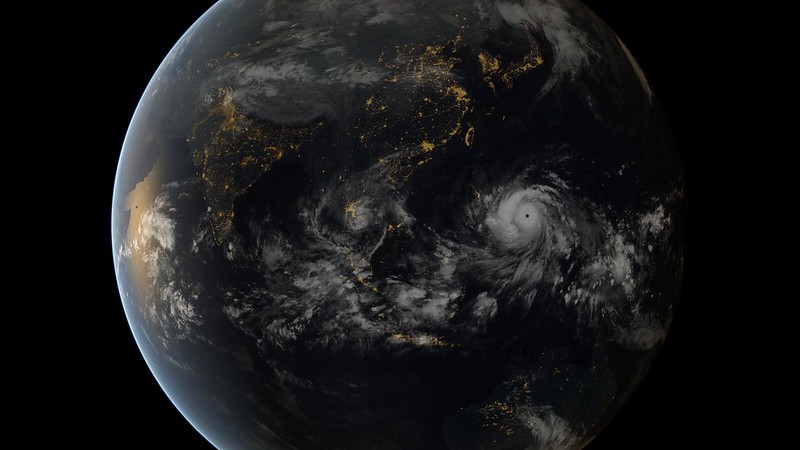Aloha!
AGU fall meeting is next week! Are you ready!? We are excited to be able to share some of the work we have been doing at the lab this year. The following is a guide to not only what we will be presenting, but other interesting talks and sessions for those interested in infrasound.
Our Infrasound Team Talks, Posters, and Sessions:
Tuesday
8:00 AM - 10:00 AM 2022 Moscone West - NH21D. The Chelyabinsk Meteor Event I
1:40 PM - 6:00 PM Poster NH23D-1554 - Infrasonic Tracking of the Chelyabinsk Meteor in NH23D. The Chelyabinsk Meteor Event II Posters
4:30 PM - 4:45 PM 307 (Moscone South) - Assessing Infrasound Network Performance Using the Ambient Ocean Noise in S24B. Advances in Nuclear Test Monitoring From Multiple Technologies III
Friday
12:05 PM - 12:20 PM 308 (Moscone South) - Regional Localization with the Hawaii Island Infrasound Network in V52C. Assessing Volcanic Processes Through Novel Monitoring Approaches II (cosponsored by EGU-GMPV)
All Sessions of Interest:
Monday
4:00 PM - 6:00 PM 305 Moscone South - S14A. Infrasound and Seismoacoustics I
Tuesday
8:00 AM - 10:00 AM 2022 Moscone West - NH21D. The Chelyabinsk Meteor Event I
1:40 PM - 6:00 PM Poster - A23F Weather, Dynamics and Climate Posters
1:40 PM - 6:00 PM Poster - NH23D The Chelyabinsk Meteor Event II Posters
1:40 PM - 6:00 PM Poster - S23B Infrasound and Seismoacoustics II Posters
4:00 PM - 6:00 PM 307 Moscone South - S24B Advances in Nuclear Test Monitoring From Multiple Technologies III [SWIRL_CU]
Wednesday
1:40 PM - 6:00 PM Poster - S33B Characterization and Modeling for Nuclear Test Monitoring and Verification II Posters
Thursday
8:00 AM - 12:20 PM Poster - V41B Magma Plumbing, Transport and Eruption at Basaltic Volcanoes III Posters (cosponsored by EGU-GMPV and MSA)
1:40 PM - 6:00 PM Poster - NG43A Pattern Formation and Nonlinear and Scaling Geoprocesses: From Microscale to the Climate II Posters [SWIRL_CM.CU]
Friday
10:20 AM - 12:20 PM 308 Moscone South - V52C Assessing Volcanic Processes Through Novel Monitoring Approaches II (cosponsored by EGU-GMPV)
1:40 PM - 3:40 PM 104 Moscone South - U53A Comprehensive Test Ban Treaty Organization
Now you know where we will be hanging out! Don't forget you can always follow along with the fun on twitter with hasgtags #AGU13 #infrasound and just in case you are not already... you can follow our team members at @isoundhunter and @isoundhuntress









.png)
.png)


